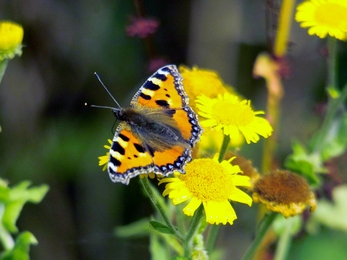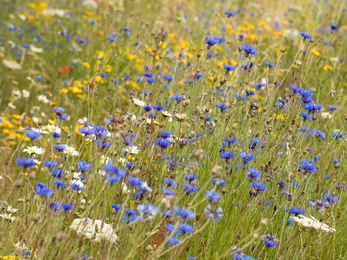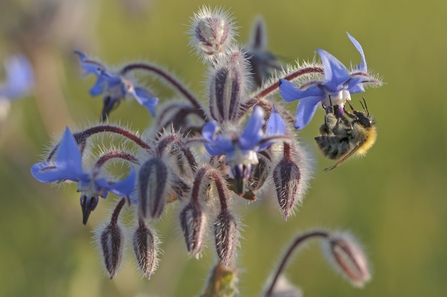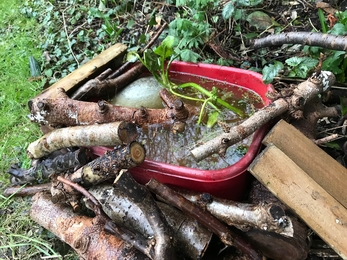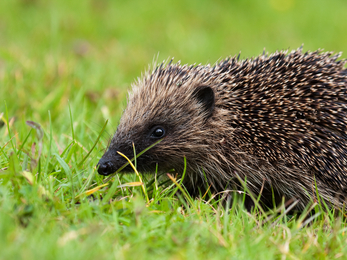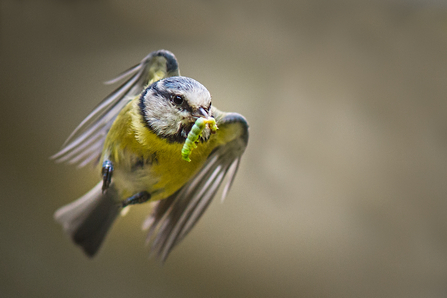Welcome to the March edition of our wildlife gardening blog. This is an exciting month in the garden – buds are bursting, bees are buzzing, and birds are busy nest building!
Look out for small tortoiseshell and brimstone butterflies emerging from hibernation. These and other hungry pollinators are desperate for an energy boost. Early spring is a tough time for pollinators, so plants flowering now are particularly valuable. Lungwort, squill and native primroses are all good, but some of the best sources of nectar are dandelions. Do some ‘mini’ rewilding; let the dandelions bloom and see what insects they attract. You might even spot our species of the month, the tawny mining bee! If you can’t bring yourself to let all your dandelions flower, consider dead heading before the ‘clocks’ form, or dig out a few plants using a dandelion fork or blunt knife. Avoid using herbicides as there is a growing body of evidence showing that glyphosate can directly harm insects by disrupting their immune system, as well as indirectly by removing an important nectar source.


